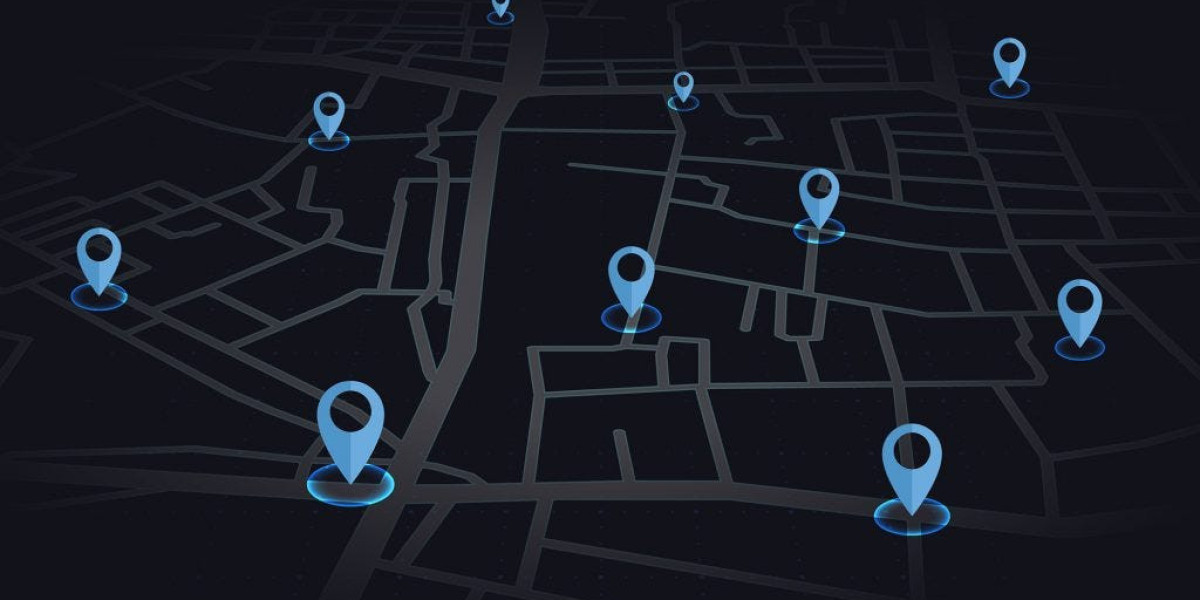In PRINCE2 (PRojects IN Controlled Environments), tolerances are a fundamental concept that plays a crucial role in project management. Tolerances represent the permissible deviation or variation from the project's baseline plan, and they are defined for various project aspects, including time, cost, quality, scope, and risk. Tolerances provide flexibility and a framework for managing change within predefined limits, allowing project managers to maintain control and make informed decisions as the project progresses.
Tolerances are not arbitrary values; they are determined during the project initiation and planning phases, often in consultation with key stakeholders and based on organizational policies and priorities. PRINCE2 emphasizes that project managers should actively monitor project performance against these tolerances throughout the project's life cycle. Apart from it by obtaining PRINCE2 foundation and practitioner, you can advance your career in PRINCE2. offers insights into Project Management frameworks by imparting a deep understanding of integrated principles, elements, themes, and processes, many more fundamental concepts.
Here's a breakdown of tolerances in PRINCE2:
Time Tolerances: Time tolerances refer to the acceptable deviation from the project schedule or timeline. They are typically expressed in terms of allowable delays or extensions to the planned project milestones or deadlines. For example, if a project has a time tolerance of two weeks for a specific milestone, it means that the project can be delayed by up to two weeks without triggering an exception or requiring senior management intervention.
Cost Tolerances: Cost tolerances represent the allowable variance from the project budget or cost plan. They define the maximum overspend or underspend that can occur before the project manager needs to escalate the issue. For instance, if a project has a cost tolerance of 10% for a particular phase, the project manager can manage within 10% over or under the planned budget without raising concerns.
Quality Tolerances: Quality tolerances relate to the acceptable variation in the quality or performance of project deliverables. They specify the range of quality that stakeholders are willing to accept. For example, a project might have a quality tolerance that allows for a certain number of defects or errors in a software product, as long as they fall within the predefined limits.
Scope Tolerances: Scope tolerances define the acceptable changes or variations in project scope. They outline the flexibility that exists regarding the project's objectives, deliverables, or features. If the project has scope tolerances, the project manager can make adjustments to the scope as long as they remain within the defined boundaries.
Risk Tolerances: Risk tolerances specify the acceptable level of risk that the project can tolerate. They help in determining the threshold beyond which risks must be actively managed or escalated. For example, if a project has a risk tolerance that allows for risks with a likelihood of 20% or lower, the project manager may choose not to address risks below that threshold.
When tolerances are forecasted or exceeded, it triggers a mechanism for escalating the issue to higher levels of management or the project board for decision-making. This escalation ensures that the project remains aligned with organizational objectives and that deviations are addressed in a controlled and proactive manner. Overall, tolerances in PRINCE2 provide a structured approach to managing project variations, promoting effective project control and governance.








